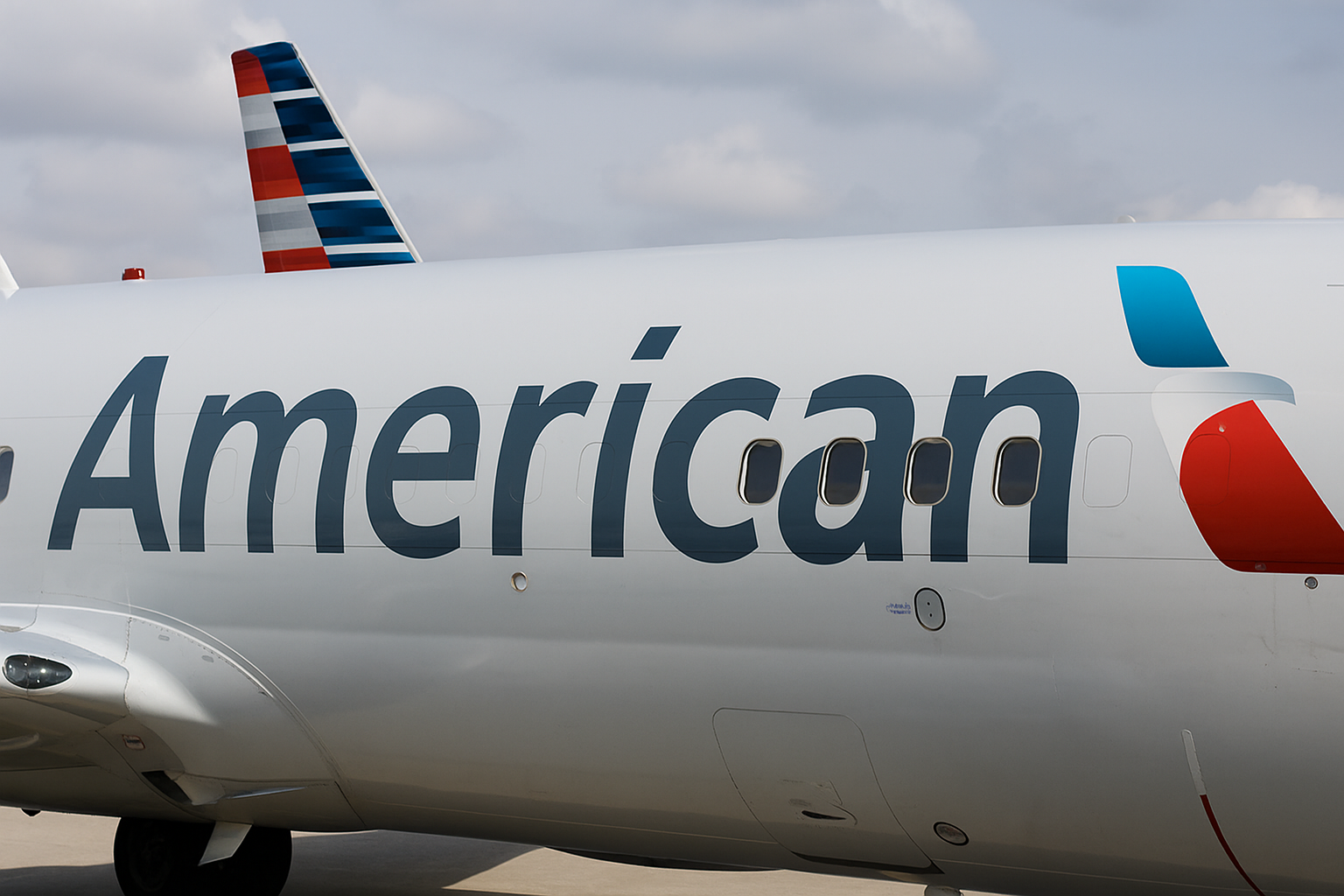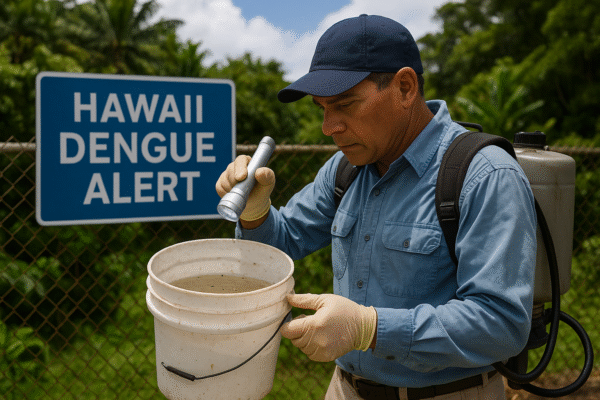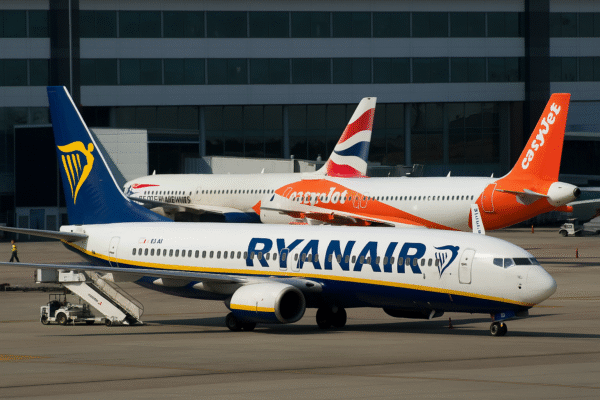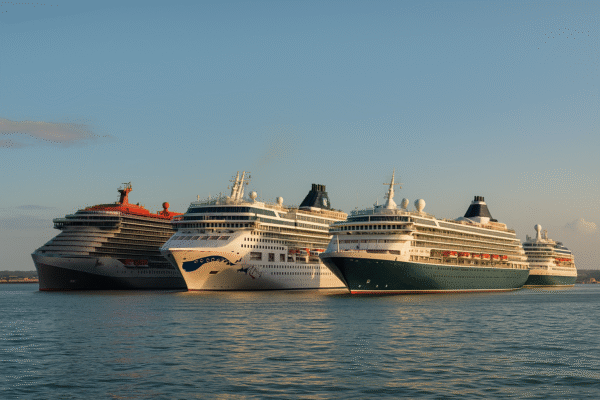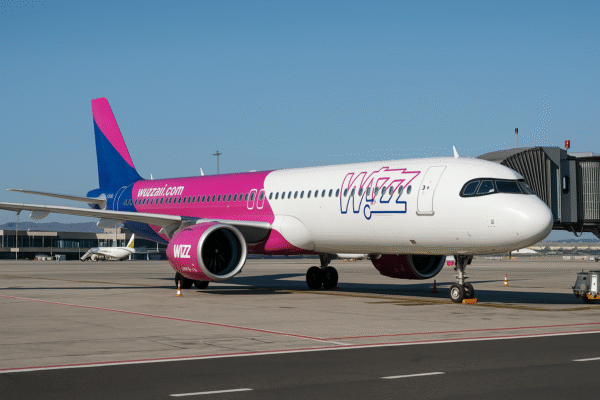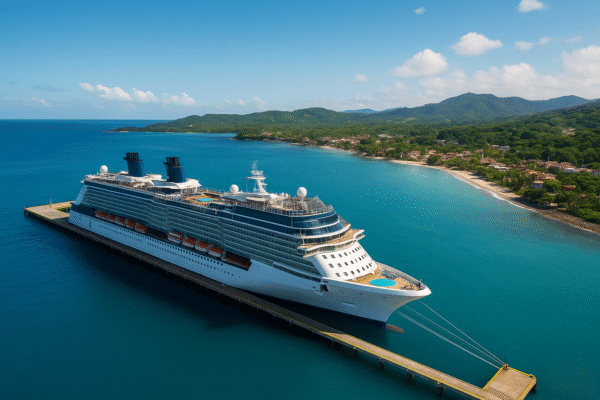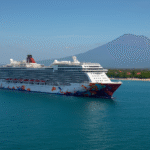Dominican Republic Supercharges Cruise Tourism with New Ports and Strategic Alliance
The Dominican Republic is embarking on a bold expansion of its cruise infrastructure, aiming to strengthen its position as a premier Caribbean cruise destination. On August 5, 2025, the Ministry of Tourism signed a landmark agreement with the Florida-Caribbean Cruise Association (FCCA) to construct two major tourist ports—including a key facility in Manzanillo—while enhancing services and modernizing existing terminals.
Cruise tourism has become one of the fastest-growing segments of the Dominican Republic’s travel industry. In the first half of 2025, the country welcomed over 1.63 million cruise passengers—more than double the arrivals recorded a decade ago. The sector’s contribution to international arrivals is significant, accounting for nearly one-quarter of the total visitors.
Port Expansion: Manzanillo and Beyond
The Manzanillo port will serve as a strategic hub in the northwest, designed to handle large vessels and offer modern facilities for passengers. This port is part of a wider investment program that includes new cruise infrastructure in Barahona, Samaná, and Arroyo Barril. Barahona’s cruise terminal will be completed by 2026, blending eco-tourism with retail and cultural spaces to deliver immersive visitor experiences.
Samaná Bayport, a $12 million project, is set to open in October 2025 with capacity for multiple cruise ships and up to 10,000 daily passengers. Its design includes a modern pier, visitor services, and spaces for cultural performances and local markets.
Investment & Infrastructure Support
The Dominican government has announced over $531 million in public-private investment for port infrastructure. This includes major upgrades in Puerto Plata and expansions in Cabo Rojo, Barahona, Samaná, and Manzanillo. Additionally, a $400 million cruise terminal is planned for Santo Domingo near the Malecón, projected for completion before 2028.
Strategic Partnership with FCCA
Through its elevated FCCA partnership status, the Dominican Republic gains direct access to top cruise industry decision-makers. This collaboration focuses on increasing passenger arrivals, diversifying itineraries, and promoting local sourcing for goods and services.
Technical evaluations will be conducted at all major ports to optimize operations and enhance passenger experiences. The partnership also includes specialized workforce training programs through the AQUILA Center for Cruise Excellence, aimed at preparing local talent to meet global service standards.
Broad Impact Across the Nation
- Puerto Plata: Amber Cove and Taino Bay continue to lead, collectively handling around 80% of all cruise passengers in 2024 and maintaining strong growth in 2025.
- Cabo Rojo (Pedernales): Passenger numbers are projected to triple in 2025, reaching up to 150,000 visitors.
- La Romana: Remains an important hub, welcoming over 200,000 cruise passengers in the first half of 2025.
Economic and Social Benefits
The expansion of cruise infrastructure is expected to create thousands of jobs in port services, transportation, hospitality, and tourism. The FCCA partnership prioritizes hiring local workers, ensuring that communities near ports benefit directly from tourism growth.
Increased cruise tourism will also support small businesses, from artisans and cultural performers to tour operators and local restaurants. This approach helps distribute economic benefits across multiple sectors and regions.
Sustainability and Competitive Edge
Environmental sustainability is a core part of the development strategy. The country is working with cruise industry experts to implement best practices in waste management, energy efficiency, and environmental protection.
With its prime location in the Caribbean, diverse coastal attractions, and expanding modern port facilities, the Dominican Republic is positioning itself as a central hub for cruise itineraries. The combination of new infrastructure, workforce development, and industry partnerships provides a competitive edge that is likely to attract more cruise lines and repeat visitors.
Conclusion
By constructing two new major cruise ports, including Manzanillo, and expanding facilities in other regions, the Dominican Republic is taking decisive steps to sustain its cruise tourism boom. The FCCA strategic partnership ensures access to global expertise, enhanced services, and robust marketing, while public-private investments fuel infrastructure growth. Together, these initiatives promise to elevate visitor experiences, generate sustainable economic benefits, and reinforce the nation’s position as one of the Caribbean’s leading cruise destinations.
For more travel news like this, keep reading Global Travel






